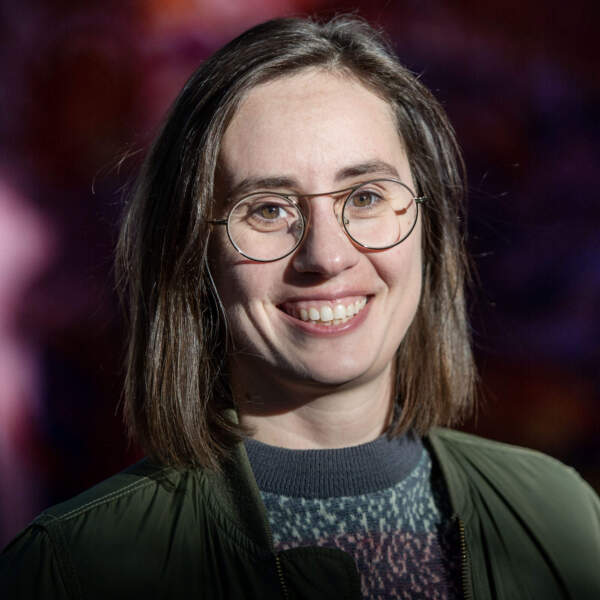Advertisement
How Jill Medvedow transformed the ‘scrappy’ ICA into a Boston institution
Resume
One day back in September, Jill Medvedow gamely agreed to take a trip down memory lane. We met on Boylston Street in front of a stately but worn brick building, a former police station that now houses the Boston Architectural College. From 1973 to 2006, it was home to Boston’s Institute of Contemporary Art.
“It was built to keep people out and be really formidable,” said Medvedow, who was hired as the ICA’s director nearly three decades go. “And it really did that the entire time the ICA was here.”
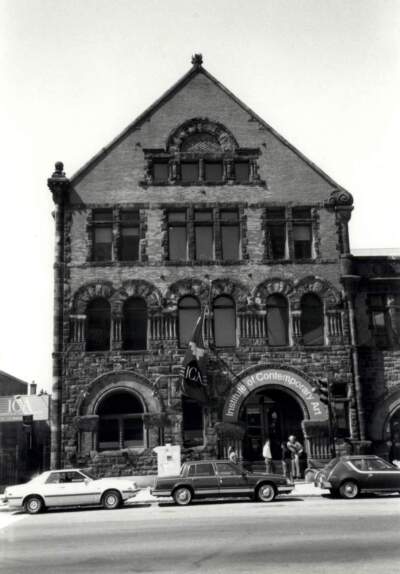
This was the ICA that Medvedow encountered when she came to Boston in 1986: respected but marginal, a niche museum in a city less than enamored with contemporary art. Medvedow, then in her 30s, had cut her teeth in New York and Seattle’s alternative art scenes, and been in residence at an artist colony while she worked on a book. She already had a job and an apartment lined up in New York. The trip to Boston, to see her boyfriend, was supposed to be just a visit. The city struck her as unbearably conservative.
“I was like, ‘What am I doing here in the worst city for contemporary art in the country?” Medvedow recalled. “Or so it seemed to me.”
Needless to say, Medvedow stayed in Boston (and married the guy she came to see). In 1998, she was hired as director of the ICA; this month, she steps down at age 70 after 27 years on the job.
The ICA was founded in 1936, an offshoot of the Museum of Modern Art in New York, from which it eventually parted ways. For most of its existence the ICA was small and itinerant, migrating between different locations in Boston before landing at the Boylston Street building where Medvedow first encountered it. Matthew Teitelbaum, who worked at the ICA as a curator and is now the director of Boston’s Museum of Fine Arts, described the ICA of the ‘80s and ‘90s as “scrappy,” and primarily focused on launching new artists. “It was almost like a startup,” he said.
Medvedow led the ICA through a period of extraordinary growth, ushering the museum out of that Back Bay police station and into a striking new building in the Seaport. Under her leadership, the museum built a permanent collection, an endowment, and a large satellite exhibition space in East Boston. It won a national award for its youth educational program and helped send the sculptor Simone Leigh to the Venice Biennale, making her the first Black woman in history to represent the U.S. there. Nowadays, the once-scrappy ICA is a player in the international art scene, an institution to rival the MFA or the Isabella Stewart Gardner Museum. When Medvedow started as director, the ICA’s annual attendance was around 20,000. Now it’s 300,000.
Advertisement
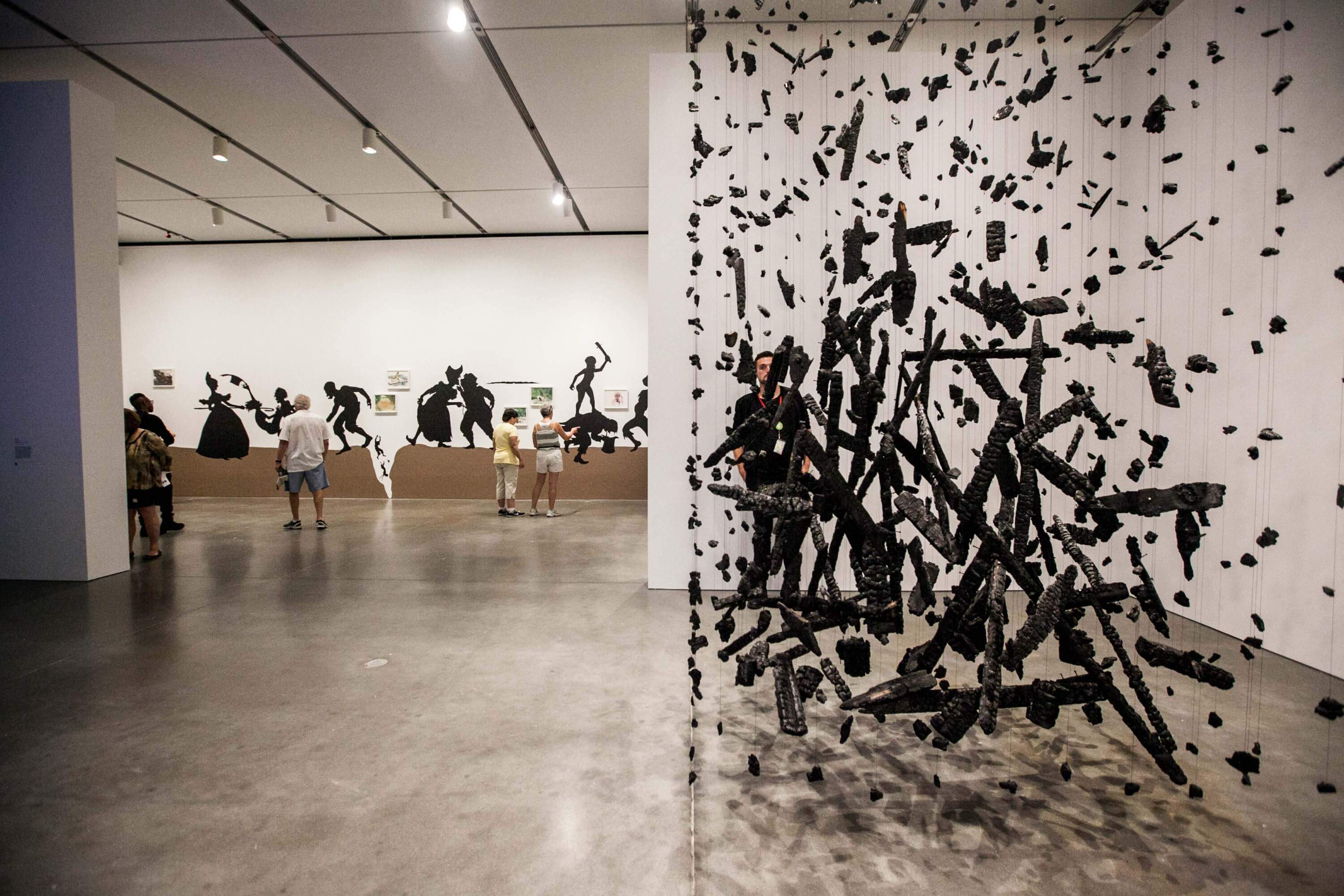
“She’s not celebrated in the way that she should be for what she’s done: utterly transforming a city’s art scene,” said Dia Art Foundation director Jessica Morgan, who worked at the ICA as a young curator. “I find that very frustrating, and I’m sorry, but gender plays a big role in that.”
As Medvedow prepares to step down from the museum, she may finally be getting her due.
“You have a larger cohort of collectors. You have a larger cohort of supporters of different institutions across the city than existed, you know, 30 years ago,” Teitelbaum said. “And I give Jill, and the ICA, a lot of credit for that.”
The next big idea
If there is a theme among Medvedow’s accomplishments, it’s a penchant for taking big swings.
“It was really clear that the ICA needed more than a tweak,” Medvedow recalled thinking when she started as director. “It needed a really big idea.”
Her first initiative when taking over the ICA, after stints at GBH and the Isabella Stewart Gardner Museum, was to launch a public art series. She had conceived the project, "Vita Brevis," before taking the director post. “Vita Brevis” was a riff on the Latin phrase “ars longa, vita brevis,” or “art is long, life is short.”
“ I was frustrated by the lack of interest [and] embrace of contemporary art in Boston, and I kept trying to think what would be some strategies to get that,” Medvedow explained. “It seemed to me that Bostonians cared about their history and they cared about their place, their landscape.”
For the first iteration of “Vita Brevis,” the museum commissioned new works along Boston’s Freedom Trail. Medvedow still speaks proudly of the series, in particular an installation by Krzysztof Wodiczko, which bore witness to an epidemic of young men lost to violence in Charlestown. Videos projected onto the Bunker Hill Monument featured residents speaking about the tragedies, their voices echoing somberly through the dark night sky. “ They were the tallest people in town for those three nights,” Medvedow said.
But Medvedow’s next big idea would be the one that defined her career. In 1999, the ICA won a citywide bid to develop a three-quarter acre parcel on the Seaport’s Fan Pier, part of the city’s effort to develop the district.
Morgan, then the ICA's chief curator, was impressed with her boss’s ability to win over city officials. Medvedow’s father was a lifelong New Haven politician, and she seemed to understand instinctively how to sell people on her ideas.
“I was watching in awe as she managed to navigate her way through these halls of power,” Morgan said. “At that point, in Boston, it was a very particular time as well. Not necessarily a friendly administration, certainly not interested in the arts.”
According to Medvedow, the ICA was simply the best fit – although, "we did have a lot of spunk," she admitted. "We had a really big vision. There hadn't been a new art museum built in almost a century, and we were able to convince a lot of people that we could deliver.”
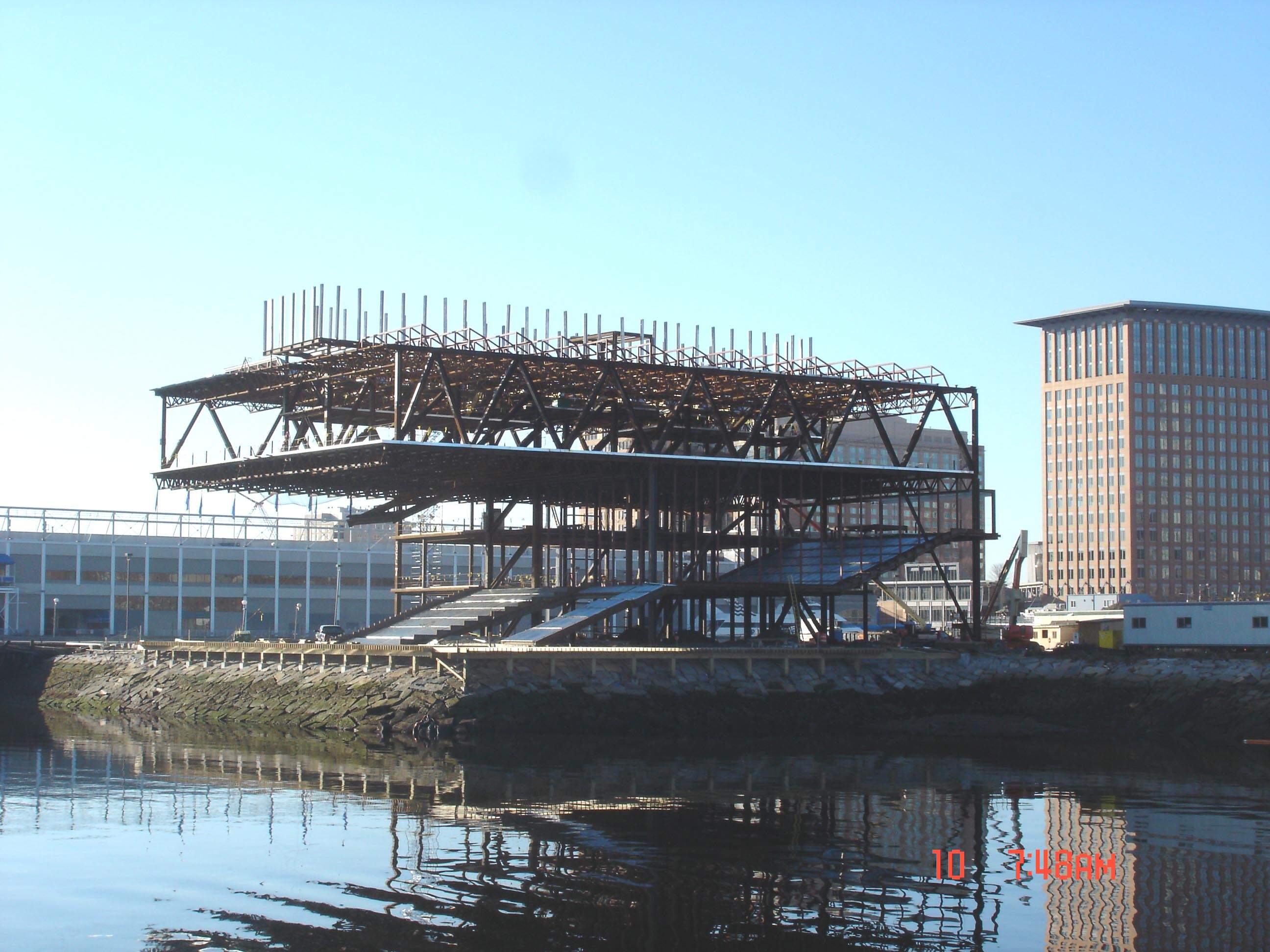
To design the building, Medvedow chose Diller Scofidio + Renfro, as it’s now called, a small firm that at the time had no prior experience building public or cultural institutions. In fact, the well-regarded New York design studio had never built a building at all.
“That was a huge risk,” Medvedow said. “That was a giant leap.”
The risk paid off. The new ICA was completed in 2006, and was ecstatically reviewed in the New York Times. With stunning views of the harbor and a public performance space tucked into the folds of its exterior, the museum was praised for the way it merged art with civic life. (It was a pivotal moment as well for Diller Scofidio + Renfro, which went on to design New York City’s High Line and the MoMA expansion.)
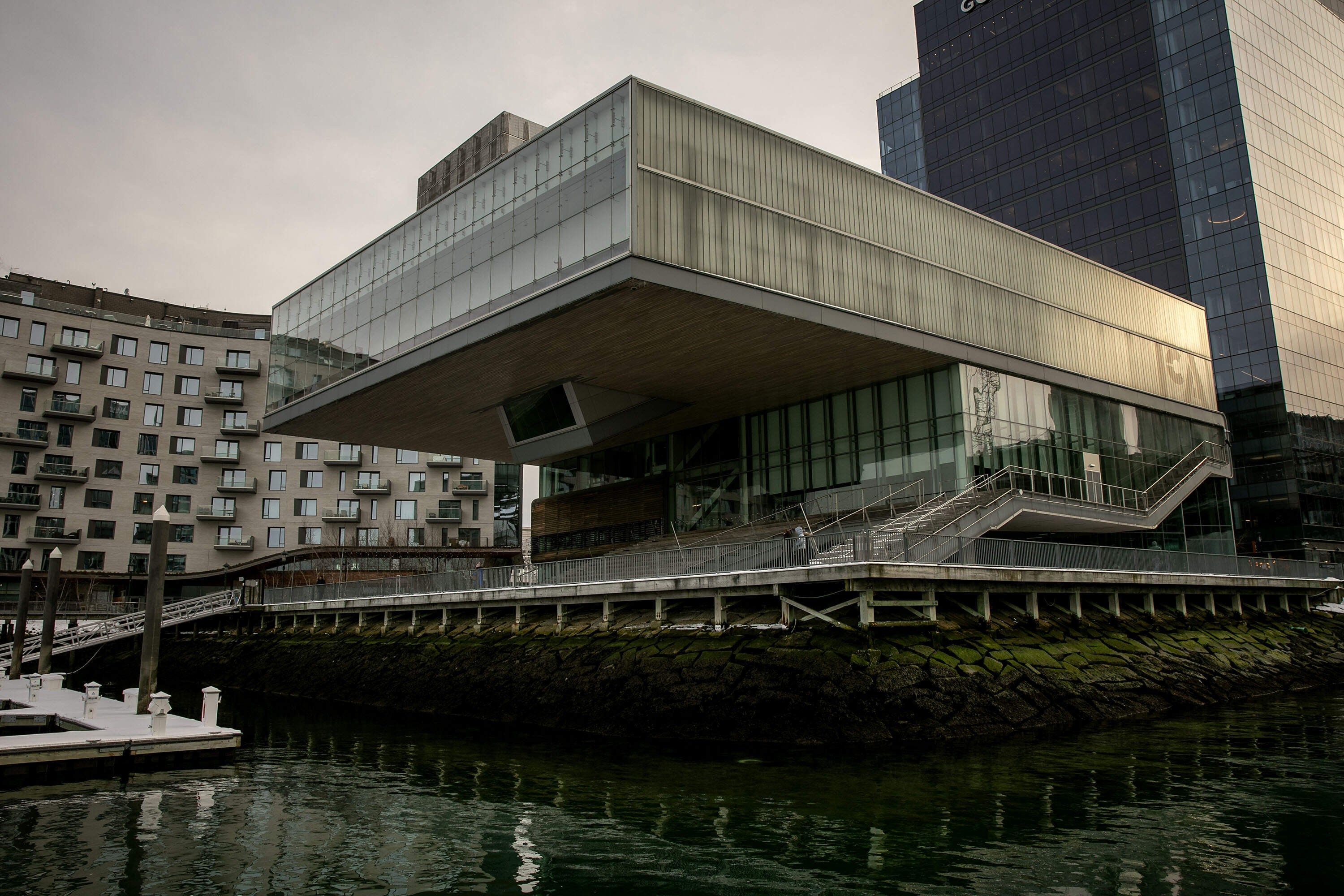
“It was really a place about gathering, about community, about bringing people together, and sharing,” said Charles Renfro, the architect who led the design of the ICA. “And I think that's really, in essence, what Jill is.”
Diller Scofidio + Renfro presented the ICA with four concepts. But Renfro was pretty sure he knew which one Medvedow would choose: a bold design that they nicknamed “the tray,” because it had a top floor gallery that jutted out impossibly far over the Harborwalk toward the water.
“She knew it immediately,” he recalled with a laugh. “It wasn't like, ‘Well, I like a little of this one, I don't like a little of this one.’ It was like, ‘It's the tray. When's our next meeting?’”
People often remark on Medvedow’s decisiveness, as well as her unrelenting energy and focus. (In the last few years, on top of her duties as director, she enrolled in a fellowship at the Harvard Divinity School and self-published a children’s book.) Renfro, who now counts Medvedow as a friend, remembers being intimidated by her all those years ago.
“She's very – and I mean this in the best of ways – in your face,” he said. “She challenges, and she encourages. And I think, at first, that intensity of the talk made me a little fearful of her as a person. But then I came to realize that that intensity was really intended to draw the best out of everyone, and draw the best out of every conversation. Why should we spend energy on anything unless we're going to get the best outcome from it?”
Building affection, and everything else
I encountered this side of Medvedow when I visited the ICA in February for a follow-up interview. I wanted to know how she viewed the challenge of attracting large audiences to the museum when, it seemed to me, many people were likely to find contemporary art alienating. I ended up asking a mealy-mouthed question about how Medvedow balanced the ICA’s stated mission to extend a “radical welcome” with contemporary art’s mission to make people uncomfortable. Before I could finish, she was already formulating a rebuttal.
“I don't think its mission is to make people uncomfortable,” she countered. “I don't think contemporary art has a mission. Individual artists make work from many, many different places.”
Medvedow did, however, offer an answer to how she views the ICA’s mission. “A lot of people, they come here because they want to participate in our family art making workshops or … take dance classes, and that gets them into the museum,” she said. “And then they wander up to the galleries.”
The lesson was this: Meet people where they are. Make the ICA a place that they can love, no matter what they think of contemporary art.
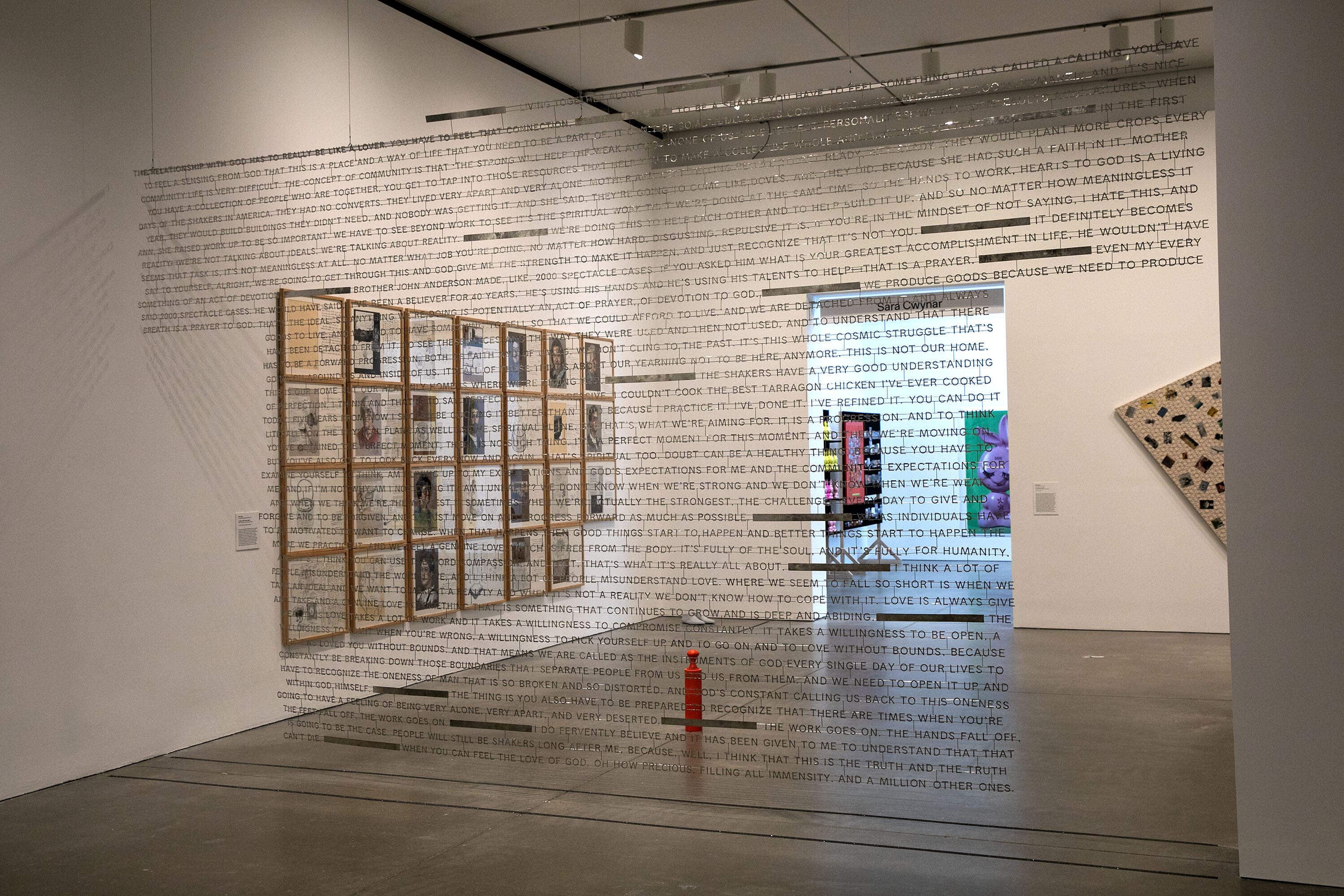
It was a theme that came up many times in my conversations with Medvedow. She spoke often of wanting to “build affection” for the ICA. That was the goal with “Vita Brevis,” and to some extent, the motivation for the teen educational program – what better way to recruit future museum supporters than to start them young? And it was the reason Medvedow decided to start a permanent collection at the ICA, despite the increasing cost of maintaining it and the fear that the museum would lose its nimble edge. She saw how audiences returned to the MFA and the Gardner to see beloved works, and she wanted them to do the same for the ICA. The risk and the effort, Medvedow decided, would be worth it.
At the time of my visit to the ICA, the museum was getting ready to open “Believers: Artists and the Shakers.” Medvedow led me through the exhibit, which is a sequel to a show that she brought to the ICA at the beginning of her tenure. That exhibition, called “The Quiet in the Land,” was the result of an unusual collaboration between 10 artists and the Shakers, a cloistered Christian sect famous for its members’ vow of celibacy and skill at making furniture. Less well known is the group’s belief in the equality of the sexes and its utopian lifestyle.
“ I was smitten,” Medvedow recalled of seeing “The Quiet in the Land” in a storefront exhibition in Maine in the mid-1990s. “I fell hard for it. It was beautiful. It was unexpected and stirring and moving.”
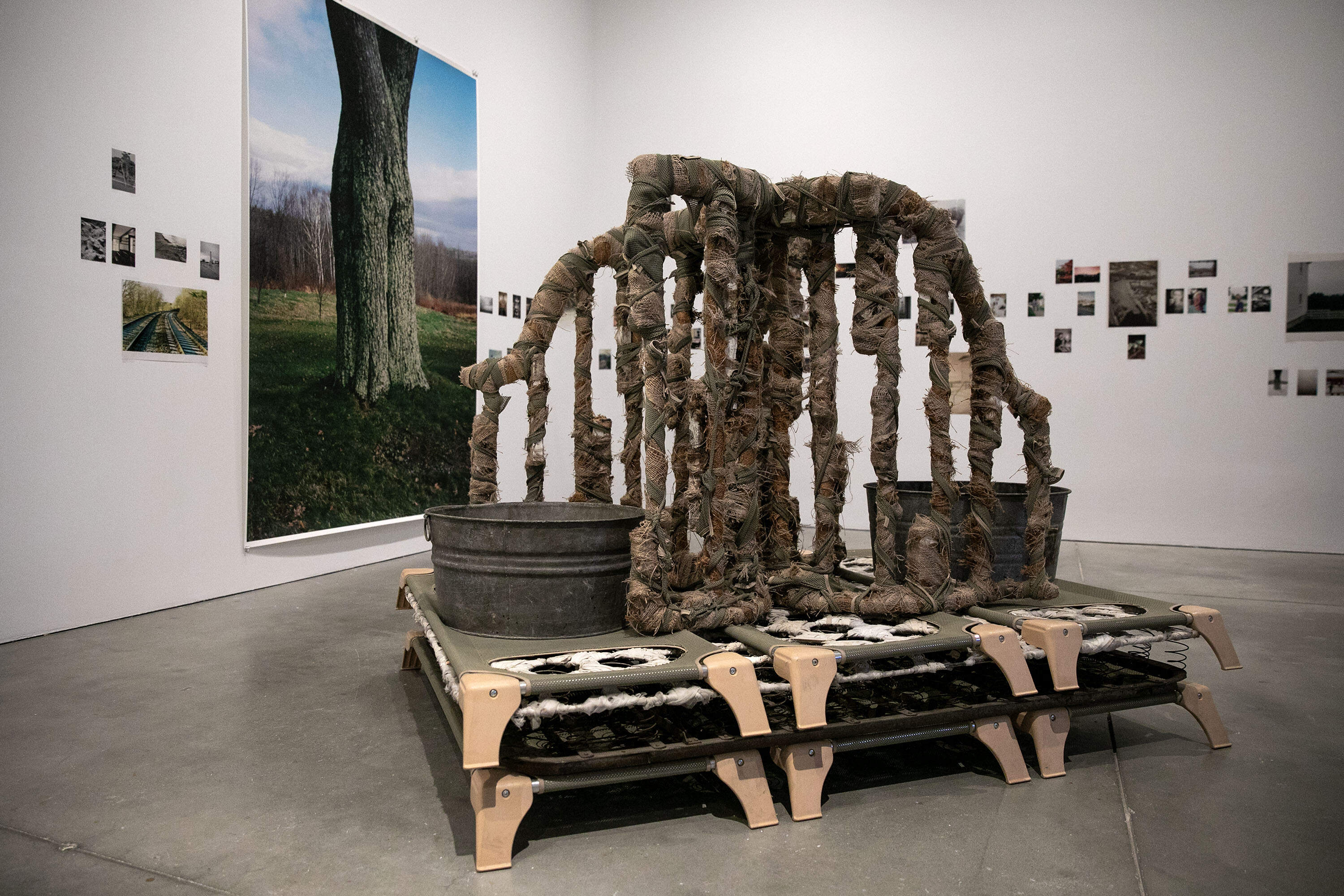
To produce the work that appeared in “The Quiet in the Land,” a group of artists lived and worked in the last active Shaker community, in Maine, during the summer of 1996. Nari Ward, who was one of those artists, recalled how his understanding of the Shaker furniture tradition changed during his residency with the community. “I feel it was really about the making, it wasn’t about the made,” he said – that is, it was about the process of creation, not about the final product, a market commodity.
Ward recognized something similar in Medvedow. “The grind of making something, and convincing other people that it's worthy, is what she's so good at,” he said.
To illustrate his point, he recounted a story. Some years ago, Medvedow invited Ward to look at a derelict industrial building that she wanted to transform into a gallery. That building is now the ICA’s Watershed, a huge summer exhibition space across the harbor from the museum in East Boston. On the boat trip over, Ward said, Medvedow was giddy with excitement.
“She was alive,” Ward remembered. “ Her energy and her intensity and excitement was about building. Building the thing.”
When I relayed this to Medvedow, she smiled. “Yeah,” she said. “I do like to make things happen.”

This article has been updated to clarify that the commission to design the ICA was awarded to the firm now known as Diller Scofidio + Renfro, not to a single architect.
This segment aired on March 27, 2025.
